Mushrooms that glow in the dark like ghost mushrooms? This might sound like something out of…
How to Identify Death Cap Mushrooms? Amanita Phalloides and Look-Alikes
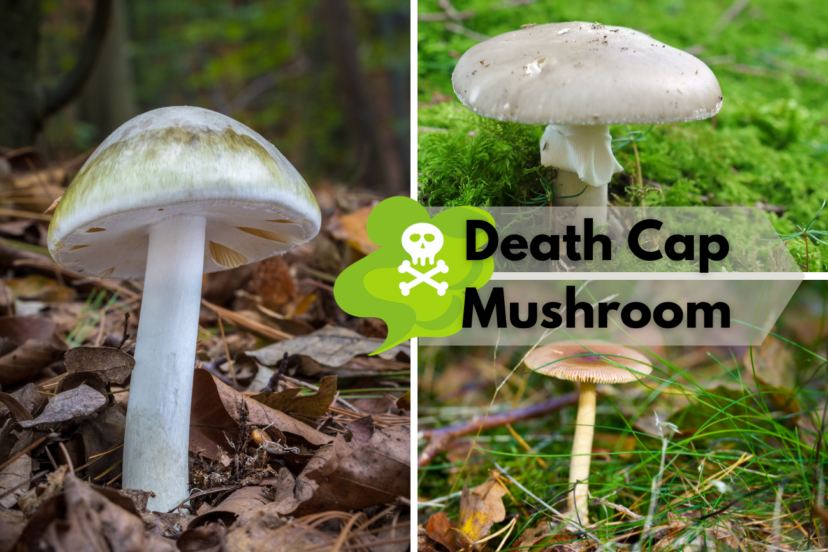
Death cap mushrooms (Amanita phalloides) are one of the most poisonous fungi in the world. With their innocent appearance and deadly consequences, it’s crucial to be able to identify them and distinguish them from their look-alikes. In this comprehensive guide, we’ll delve into the world of death cap mushrooms, exploring their identification, their dangerous doppelgangers, and how to ensure your safety while foraging.
Death Cap Mushroom Identification Guide
Death Cap’s Appearance
The death cap mushroom is often mistaken for an edible mushroom due to its attractive appearance. Key features of the death cap include:
Cap: The cap typically ranges from 5 to 15 centimeters in diameter, with a smooth texture. It can be yellowish-green to olive in color and may have white patches or warts scattered across its surface.
Gills: The gills are white and free, meaning they don’t attach to the stem. They’re closely spaced and extend down the stem.
Stem: The stem is usually white, though it can have a slight greenish tint. It features a prominent ring or skirt-like structure (annulus) near the top. Below the annulus, you may notice a bulbous base, which is a critical identifying characteristic.
Spore Print: When a death cap’s cap is placed on a sheet of paper, it produces a white spore print.
Habitat
Death cap mushrooms typically grow in association with hardwood trees, especially oaks. They are most commonly found in temperate regions, especially during late summer and early autumn.
Toxicity
The death cap mushroom is aptly named due to its extreme toxicity. It contains deadly toxins called amatoxins, which can lead to severe liver and kidney damage and can be fatal if ingested. Even a small amount can have devastating effects on one’s health.
Death Cap Mushroom Look-Alikes
The Destroying Angel (Amanita virosa)

The destroying angel is one of the most dangerous look-alikes to the death cap mushroom. It shares several similar characteristics:
Cap: The cap is pure white, often smooth, and can measure 5 to 12 centimeters in diameter.
Gills: White and free, just like the death cap’s gills.
Stem: Also white, with a prominent ring or annulus. It usually has a bulbous base.
The Death Angel (Amanita bisporigera)

The death angel, another close relative of the death cap mushroom, is extremely toxic. Its features are almost indistinguishable from the death cap:
Cap: White, smooth, and convex, with a diameter ranging from 5 to 12 centimeters.
Gills: White, free, and closely spaced, similar to the death cap’s gills.
Stem: White with a prominent annulus and a bulbous base.
The False Death Cap (Amanita citrina)

The false death cap is less toxic than its deadly counterparts, but it can still cause digestive discomfort. Its similarities to the death cap include:
Cap: Yellow to pale green, often with white patches. The cap can grow up to 10 centimeters in diameter.
Gills: White and free, resembling those of the death cap.
Stem: White, with a distinct ring and a slightly bulbous base.
Ensuring Your Safety
Never Consume Wild Mushrooms Unless You’re an Expert
Given the potential for deadly consequences, it’s crucial never to consume wild mushrooms unless you are an experienced mycologist. Even experts exercise extreme caution when identifying mushrooms in the wild.
Consult Field Guides and Experts
If you’re interested in foraging for wild mushrooms, consult reputable field guides and consider joining local mycology clubs or seeking guidance from experienced foragers. Learning from experts can significantly reduce the risk of misidentification.
Double-Check Identification
When in doubt, don’t consume a mushroom. It’s always better to be safe than sorry. Carefully compare the mushroom you’ve found with detailed descriptions and images in field guides or online resources.
Educate Yourself About Local Varieties
Mushroom species and their look-alikes can vary depending on your geographical location. Make sure to educate yourself about the specific mushrooms and their dangers in your area.
Practice Safe Foraging
If you decide to forage for mushrooms, follow safe foraging practices:
- Use a basket or paper bag to collect mushrooms, allowing spores to disperse.
- Don’t uproot mushrooms unnecessarily; cut or gently twist them from the ground.
- Avoid collecting mushrooms near sources of pollution or contamination.
Final Thoughts on Death Cap Mushrooms
Identifying death cap mushrooms and their look-alikes is a matter of life and death. The consequences of misidentification can be severe, so exercise extreme caution when foraging for wild mushrooms. If you’re unsure, seek guidance from experts and use reliable field guides. Remember, it’s always better to leave a mushroom in the wild than to risk your health by consuming something potentially lethal. Stay safe and enjoy the fascinating world of mycology responsibly.


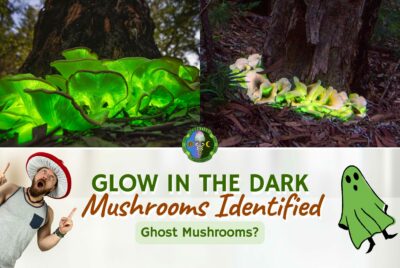
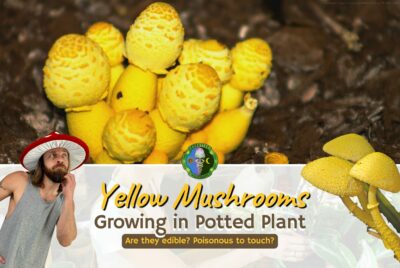
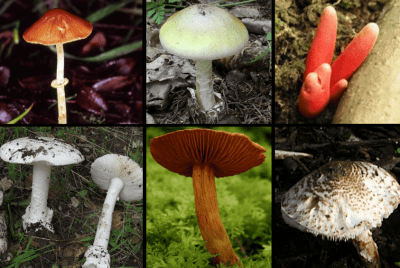
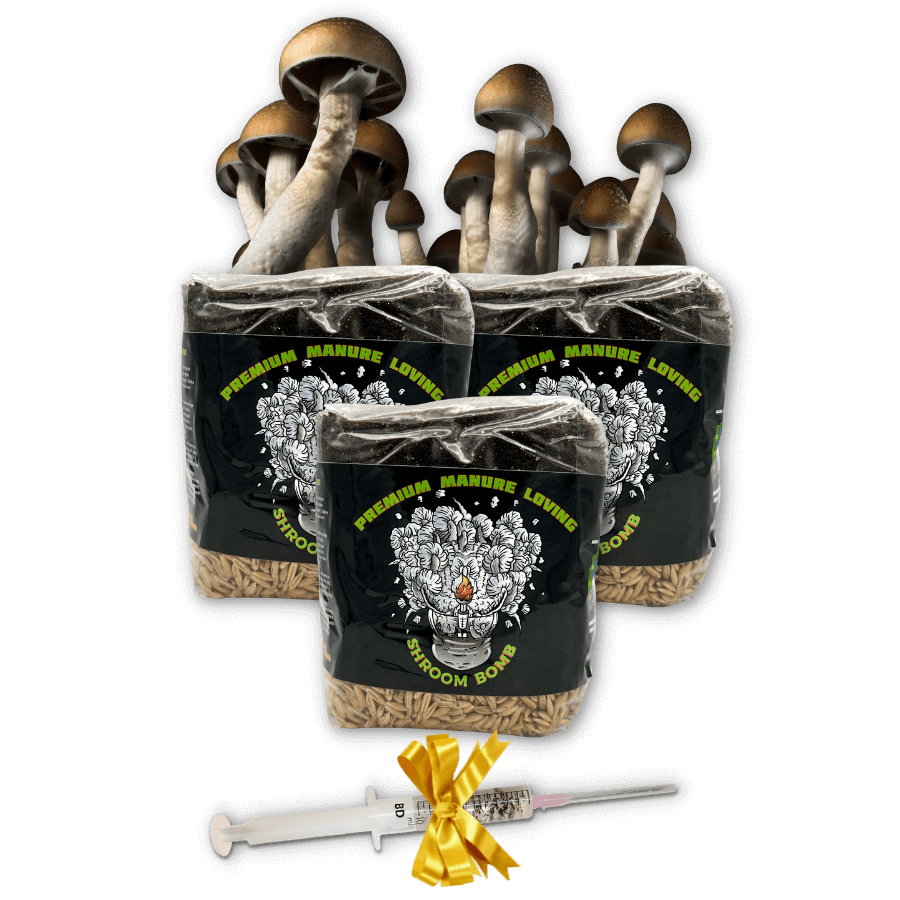

any idea what type of steam this could be??? I’m not sure
Hi, It’s not easy to identify the type of steam just from a picture. I’d suggest reaching out to a local mycology expert or posting in a mushroom identification forum for a more accurate ID.